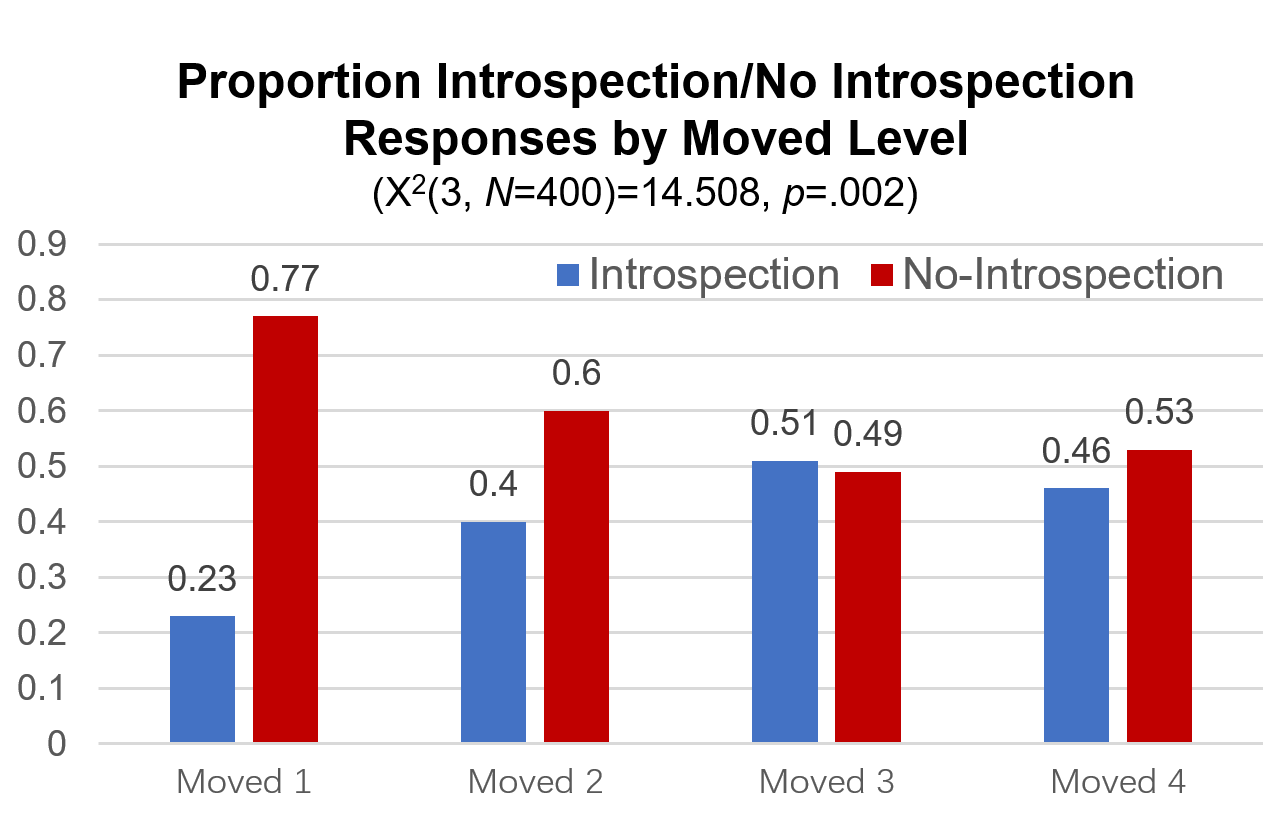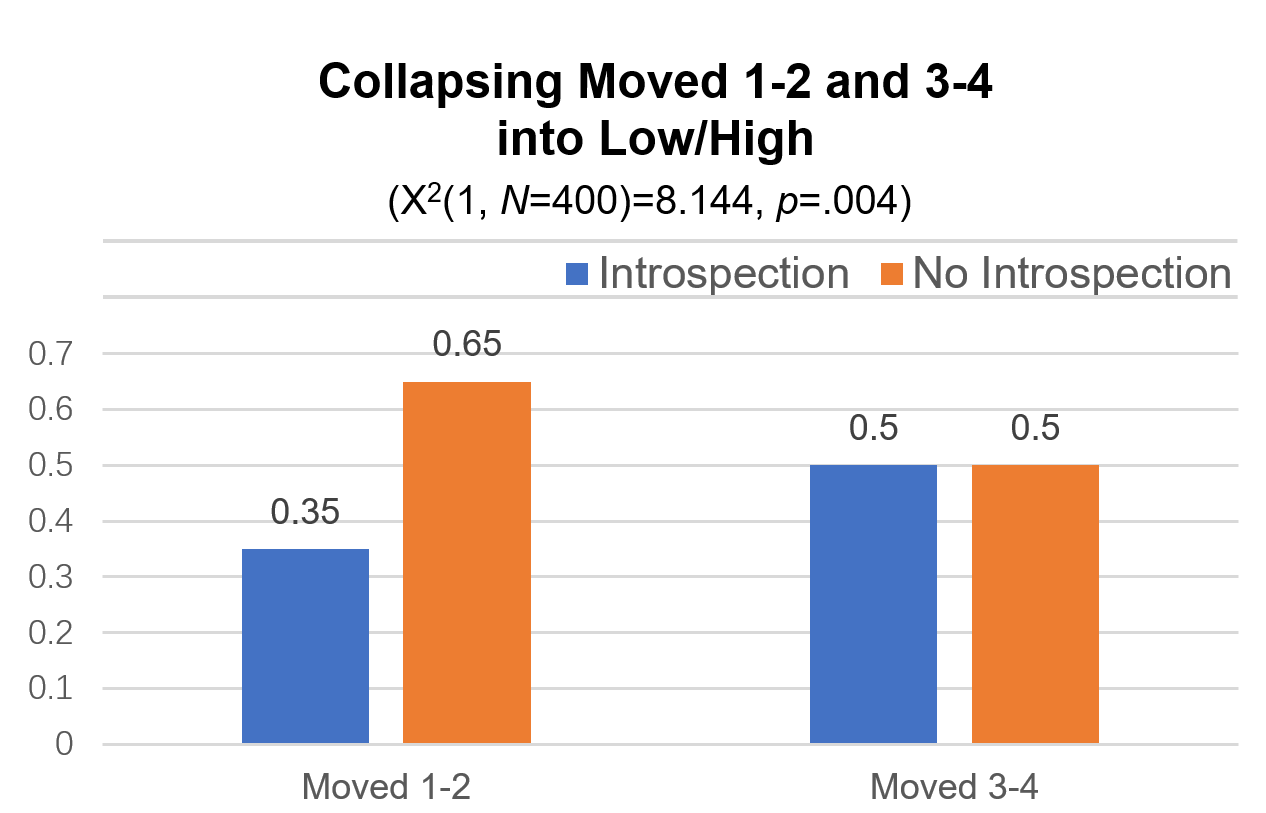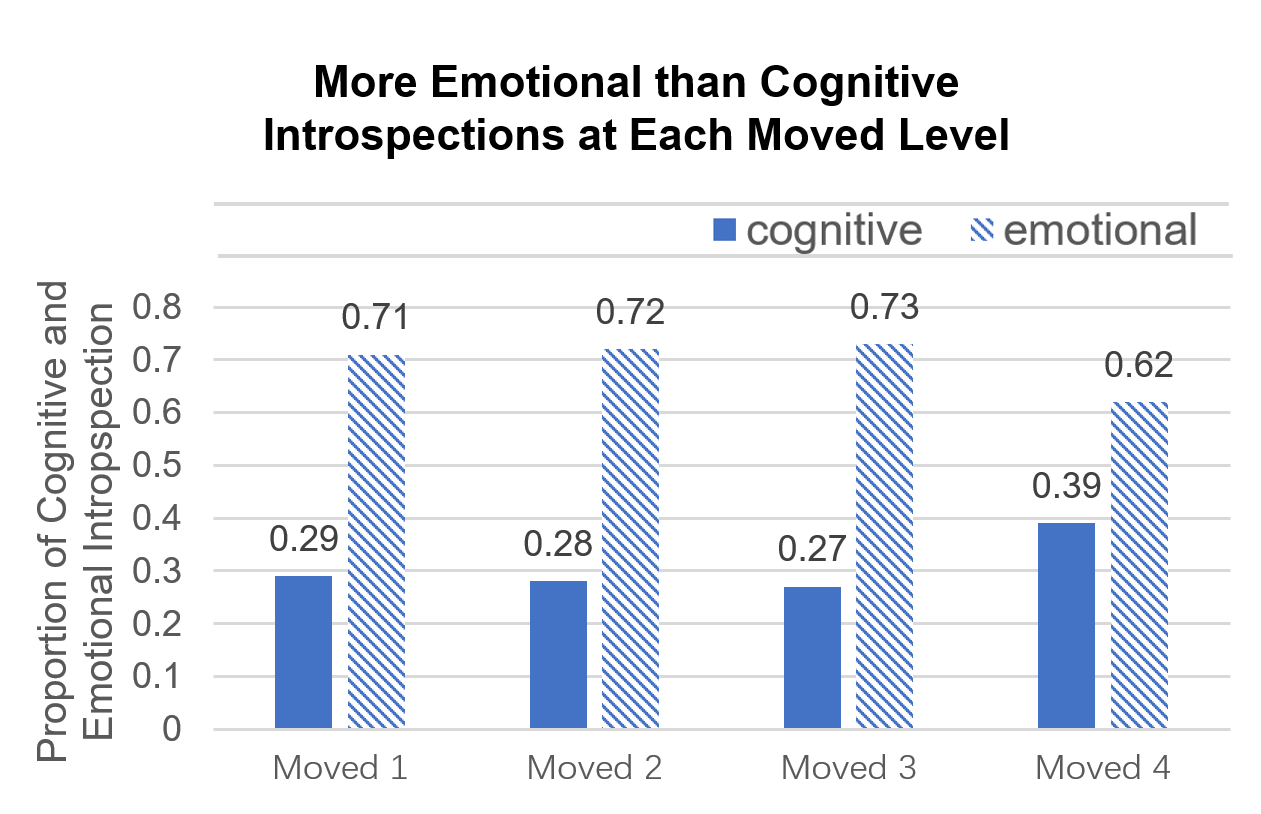My Relevant Skills
1. Tools: Qualtrics, Excel, SPSS
2. Concept: empirical aesthetics
3. Methods: qualitative coding, statistics, machine learning; academic writing

• Hang, Y., Winner, E. (2022). A Test of the Aesthetic Experience--Introspection Claim. (under revision).
PDF
• Winner, E., Hang, Y. A Test of the Aesthetic Experience--Introspection Claim. International Association of Empirical Aesthetics, 2022
It has recently been claimed by neuroscientists that intense aesthetic experiences involve introspection (Belfi, et al., 2019; Vessel, Starr, & Rubin, 2012, 2013). This claim was inferred from the finding that intensity of aesthetic experience ratings by participants while viewing paintings in an MRI scanner were associated with activation of the default mode network of the brain. The fact that this network has been associated in multiple studies with self-referential thinking led the researchers to infer that intense aesthetic experience involves introspection. Since this claim is based on only indirect evidence, here we provide a direct test of the aesthetic experience-introspection hypothesis. We replicated the behavioral aspect of Vessel et al.'s study, asking participants to rate the intensity of their experience while viewing eight paintings. We then asked them to report (in writing) what they were thinking and feeling while looking at the artworks. Responses were classified by two independent raters as involving introspection or not. Introspective responses were more likely when participants reported high (rather than low) levels of feeling moved. However, introspection also occurred during low levels of feeling moved, and non-introspective responses occurred as often as introspective ones at high levels of feeling moved. These findings support a weak but plausible version of the hypothesized link between aesthetic experience and introspection.
1. Wrote research proposal to clarify research background & purpose, construct experimental design, and establish research hypothesis
2. Adjusted requirements for the type of paintings selected for research by doing a pilot study
3. Selected paintings as the psychological stimuli that fulfill the research requirement, which spans three dimensions: moving/not moving, positive/negative, landscape/people
4. Conducted human experimental design using Qualtrics
5. Designed research poster to recruit participants from home and aboard
6. Finished the collection of behavioral data of 50 participants independently
7. Conducted qualitative coding to rate the degree of self-reflection/ introspective behavior of subjects
8. Conducted data wrangling using Excel and SPSS
9. Used SPSS and R to carry out multinominal logistic regression, multiple linear regression, and multi-level logistic modeling for preliminary data analysis
10. Used SPSS to carry chi-square test of independence to test the association between the feeling of being moved and the type of introspection and accomplished preliminary data visualization
11. Wrote methods and result part of the scientific manuscript
1. Tools: Qualtrics, Excel, SPSS
2. Concept: empirical aesthetics
3. Methods: qualitative coding, statistics, machine learning; academic writing

• More introspection with high levels of moved
• But introspection also occurs with low moved
• And non-introspection occurs as often as introspection with high moved




• Fewer introspective responses at Moved 1-2 than Moved 3-4
• More non-introspective responses at Moved 1-2 than Moved 3-4
• More introspection at Hi than Lo moved
• More non-introspection at Lo than Hi moved